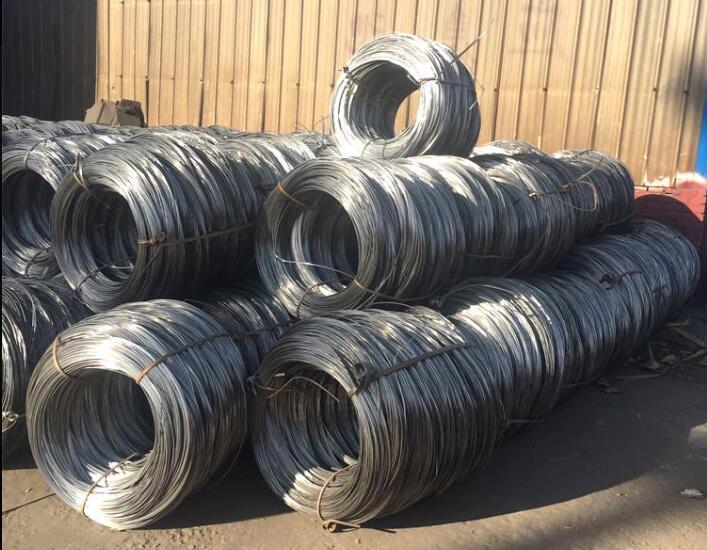Types of Screen Wire A Comprehensive Overview
Screen wire is an essential component for many home improvement projects, serving both functional and aesthetic purposes. It is primarily used to keep insects and debris out while allowing air to pass through. Understanding the different types of screen wire available in the market can help homeowners make informed decisions, whether they are replacing a damaged screen or installing new ones.
1. Fiberglass Screen Wire
One of the most commonly used types of screen wire is fiberglass. Known for its durability and corrosion resistance, fiberglass screen wire is suitable for various applications, including windows, doors, patios, and porches. It is lightweight and flexible, which makes it easy to install and cut to size. Fiberglass screens are available in different mesh sizes, providing options for blocking out smaller insects while allowing maximum airflow.
Advantages of fiberglass screen wire include its resistance to rust, its ability to withstand fading from UV exposure, and its affordability. However, it can be less durable than metal screens, particularly in high-traffic areas where pets or people may cause wear and tear.
2
. Aluminum Screen WireAnother popular choice is aluminum screen wire. This type of screen is known for its strength and longevity, making it ideal for high-traffic areas or homes with pets. Aluminum screen wire can withstand the elements, and it will not rust like ferrous materials. Its ability to maintain its shape under pressure makes it a preferred option for homeowners.
Aluminum screens come in various styles, including bright and painted finishes, allowing for better integration with existing home aesthetics. However, one downside is that aluminum screens can dent or scratch more easily than fiberglass, particularly if not handled with care.
3. Stainless Steel Screen Wire
For those seeking maximum durability and security, stainless steel screen wire is the way to go. This type of screen offers excellent resistance to rust and corrosion, making it ideal for coastal areas where salty air can damage other materials. Stainless steel screens are also resistant to wear and tear, making them a robust choice for homes with pets or children.
types of screen wire

The downside of stainless steel screen wire is its higher cost compared to aluminum and fiberglass options. Additionally, it can be more challenging to cut and install due to its strength.
4. Phifer’s BetterTVue Screen
Phifer’s BetterTVue is a specialized type of screen wire that is designed to provide superior visibility and airflow. Often made from polyester, this screen is coated with vinyl for extra durability. Its unique fabric allows for better light penetration while keeping bugs out, making it ideal for areas where maintaining natural light is important.
This type of screen wire is perfect for the environmentally conscious, as it is made from recyclable materials. However, it may not be as durable as aluminum or stainless steel options, so homeowners should weigh the importance of visibility against longevity.
5. Solar Screens
Solar screens are another type of screening material designed to block UV rays and reduce heat gain in your home. They can help lower energy costs by keeping your living spaces cooler during the summer months. Solar screens are typically made of heavy-duty materials and are available in various colors and styles to match your home.
While solar screens are effective at reducing glare and heat, they may obstruct some visibility compared to traditional screens. It is essential to consider your priorities when choosing between energy efficiency and a clear view.
Conclusion
Choosing the right type of screen wire depends on several factors, including the specific needs of your home, climate, aesthetic preferences, and budget. Whether you lean toward fiberglass, aluminum, stainless steel, BetterTVue, or solar screens, understanding the differences between these materials will empower you to make the best choice for a comfortable and insect-free living environment.

















